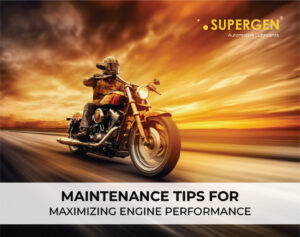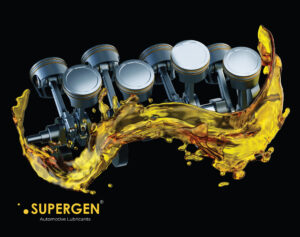When it comes to engine maintenance, the terms “oil top off” and “oil change” often come up. But what exactly do they mean, and how do they differ? Understanding the difference is crucial for the health and longevity of your vehicle. Let’s dive into these two essential car maintenance tasks.
Oil Top Off: A Quick Fix
An oil top off is like a quick snack for your engine. It involves adding oil to the engine when the oil level is low but not changing the existing oil. This can happen between regular oil changes if you notice the oil level is below the recommended mark on the dipstick.
When to Top Off Your Oil
1) Low Oil Levels:
If your oil light comes on or the dipstick shows low oil, a top off can prevent engine damage.
2) Leaky Engines:
Older cars or those with small leaks might need frequent top offs to maintain proper oil levels.
3)Between Oil Changes:
Topping off ensures your engine runs smoothly if you’re not quite due for an oil change yet.
Pros and Cons of Topping Off
- Pros:
1) Quick and Easy: Takes only a few minutes.
2) Prevents Engine Damage: Keeps oil at safe levels.
3) Cost-Effective: Uses less oil than a full change.
- Cons:
1) Temporary Fix: Doesn’t replace old, dirty oil.
2) May Mask Bigger Issues: Frequent top offs could indicate a leak or other problem.
Oil Change: The Complete Solution
An oil change is a full meal for your engine. It involves draining the old oil, replacing the oil filter, and adding fresh oil. This process ensures your engine is running with clean oil, which is crucial for its health and performance.
When to Change Your Oil
1) Manufacturer’s Recommendation: Most vehicles require an oil change every 3,000 to 7,500 miles.
2) Dirty Oil: If the oil looks dark and dirty on the dipstick, it’s time for a change.
3) Engine Performance Issues: Strange noises or poor performance can be signs your oil needs changing.
Pros and Cons of Oil Changes
- Pros:
1) Clean Oil: Removes contaminants and old oil, providing better lubrication.
2) Improves Performance: Fresh oil helps your engine run efficiently.
3) Prolongs Engine Life: Regular changes reduce wear and tear.
- Cons:
1) Time-Consuming: Takes longer than a top off.
2) More Expensive: Costs more due to oil and filter replacement.
Which One Do You Need?
Choosing between an oil top off and an oil change depends on your car’s needs:
1) Low on Oil?
A top off will quickly bring the level up.
2) Time for Maintenance?
Follow the manufacturer’s schedule for regular oil changes.
3) Performance Issues?
A full oil change is likely the better option.
Conclusion
Both oil top offs and oil changes play vital roles in maintaining your vehicle. While topping off oil is a quick and easy way to maintain proper oil levels, it doesn’t replace the need for regular oil changes. Routine oil changes ensure your engine runs smoothly and lasts longer, saving you money in the long run.
So next time you check your oil, remember: a top off is a helpful snack, but an oil change is the full meal your engine needs to stay healthy. Regular maintenance is key to keeping your car on the road and running smoothly. Safe driving!








